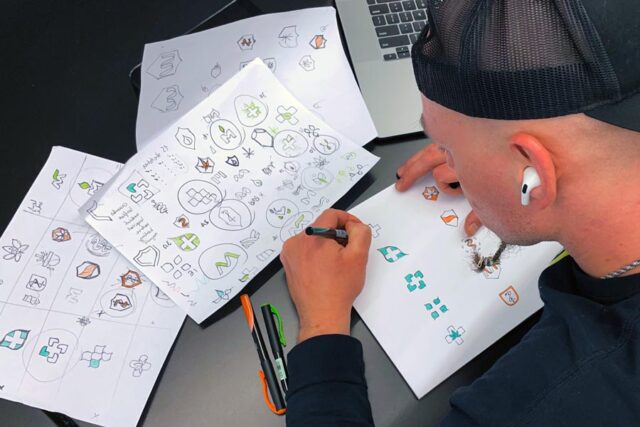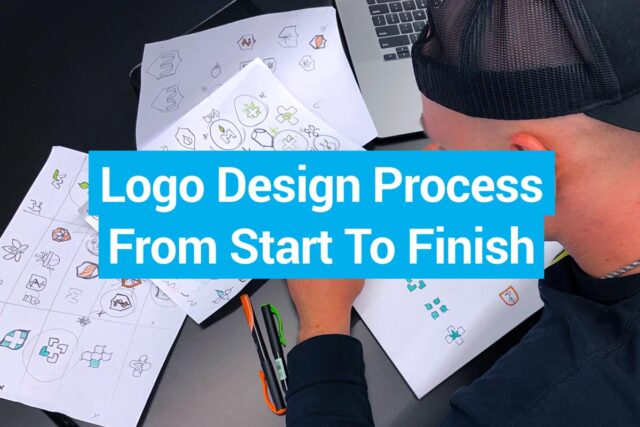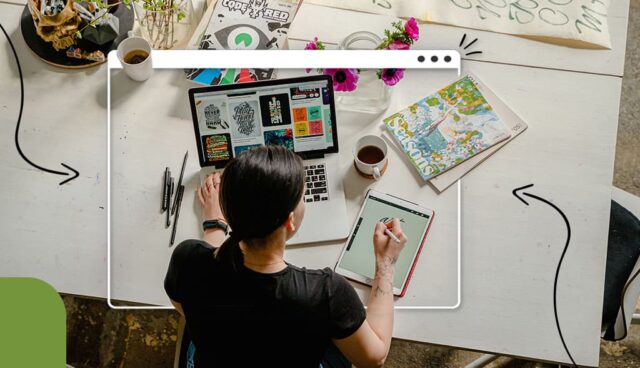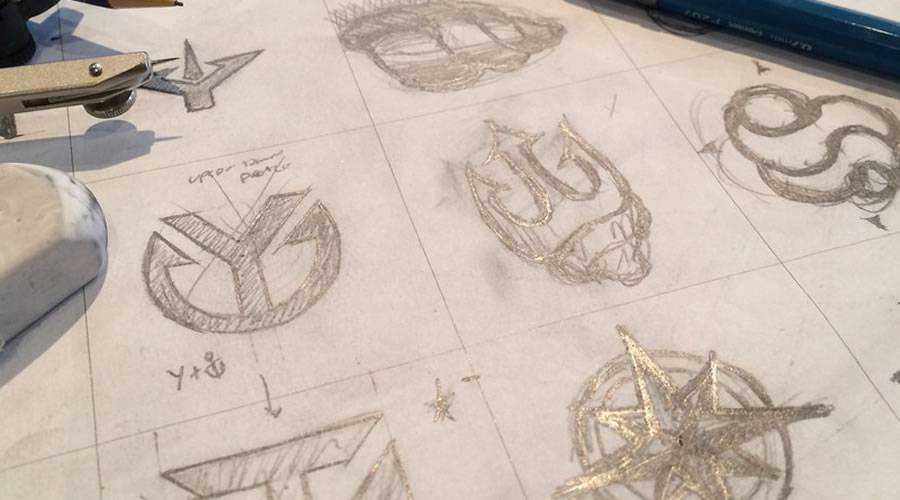A logo is the face of a brand, the visual representation of its identity. It serves as a powerful tool to communicate a company’s values, message, and personality to its audience. Designing a logo is a creative process that involves several stages, from conceptualization to the final product. In this article, we’ll explore the journey of logo design, from the initial sketch to the polished end result.
Stage 1: Conceptualization

Every successful logo begins with a solid concept. This phase involves understanding the brand’s mission, target audience, and overall vision. It’s crucial to gather insights, conduct market research, and study competitors to identify what sets the brand apart. This information serves as a foundation for the design process. Turbologo’s logo generator offers a variety of layout grids and guides for precise logo composition.
Stage 2: Sketching and Brainstorming
Once the concept is clear, designers move on to the sketching phase. This is where ideas start to take shape on paper. Initial sketches allow for exploration of various shapes, fonts, and visual elements that might represent the brand effectively. This stage encourages free-flowing creativity and often leads to unexpected and innovative concepts.
Stage 3: Digital Rendering
With a selection of promising sketches, designers transition to the digital realm. Using graphic design software, they recreate and refine the chosen concepts. This phase enables designers to experiment with colors, typography, and proportions, providing a more accurate representation of how the logo will appear in its final form.
Stage 4: Feedback and Iteration

Feedback is a critical step in the logo design process. Designers present their digital concepts to stakeholders or clients, seeking input and suggestions. This collaborative approach ensures that the logo aligns with the brand’s vision and resonates with its target audience. Based on feedback, designers make necessary revisions and refinements.
Stage 5: Finalization
Once the design has been refined and approved, it’s time to finalize the logo. This involves creating various file formats and resolutions to ensure versatility across different platforms and media. The final logo should be scalable without losing its quality, whether it’s displayed on a website, printed on a business card, or featured on a billboard.
Stage 6: Brand Guidelines
To maintain consistency and ensure proper usage, designers create brand guidelines that outline how the logo should be applied. This includes specifications on color codes, typography, clear space, and any variations of the logo for specific use cases. Brand guidelines serve as a reference for internal teams and external partners.
Stage 7: Launch and Beyond

With the logo finalized and brand guidelines in place, it’s time to launch the new visual identity. The logo is unveiled across various touchpoints, from digital platforms to physical merchandise. It becomes an integral part of the brand’s identity and is used to build recognition and trust with its audience.
In conclusion, creating a logo is a multifaceted process that requires creativity, research, and collaboration. From the initial concept to the final product, each stage plays a crucial role in crafting a logo that effectively represents a brand. Through careful planning, feedback, and attention to detail, a well-designed logo can leave a lasting impression and contribute to the success of a brand.







